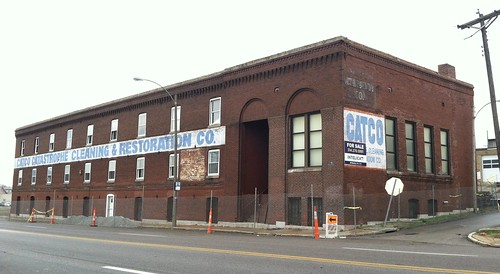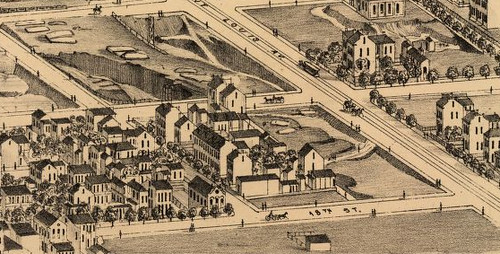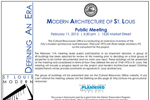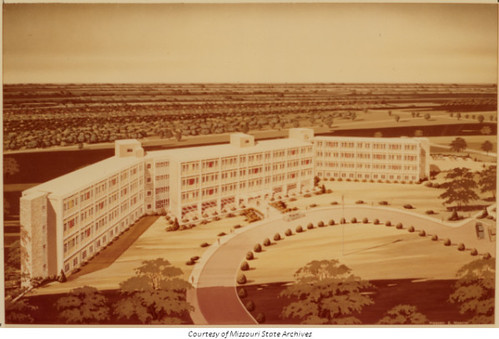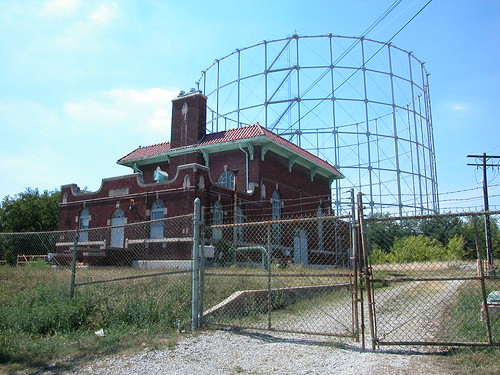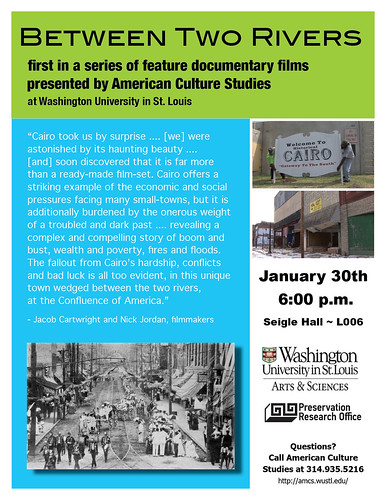by Michael R. Allen
This week the Missouri Senate Committee on Jobs and Economic Development took aim at Missouri’s successful historic rehabilitation tax credit program. By a 9-1 vote, the committee passed to the full Senate a substitute economic development bill (SCS SB120) that would make the following, troubling changes to Missouri’s historic tax credit:
- Reduction of the cap on historic tax credits to $75 million from $161 million, with a new cap of $10 million imposed on small projects.
- Reduction of maximum award of historic tax credits for residential properties by 50%.
- Prohibition of the combination of 9% low income housing tax credits and historic tax credits.
- Carry back of historic tax credits reduced from ten years to two years.



